Recover Chromite by Flotation

This report describes an investigation by the Bureau of Mines of flotation techniques for the recovery of chromite from fine-grained disseminated ores. Reported work on the concentration of chromiferous materials shows that flotation has been applied almost exclusively to slime-free pulps. Therefore, chromium recoveries that could be obtained by flotation were related to the amount […]
Extraction of Rare Earth Elements
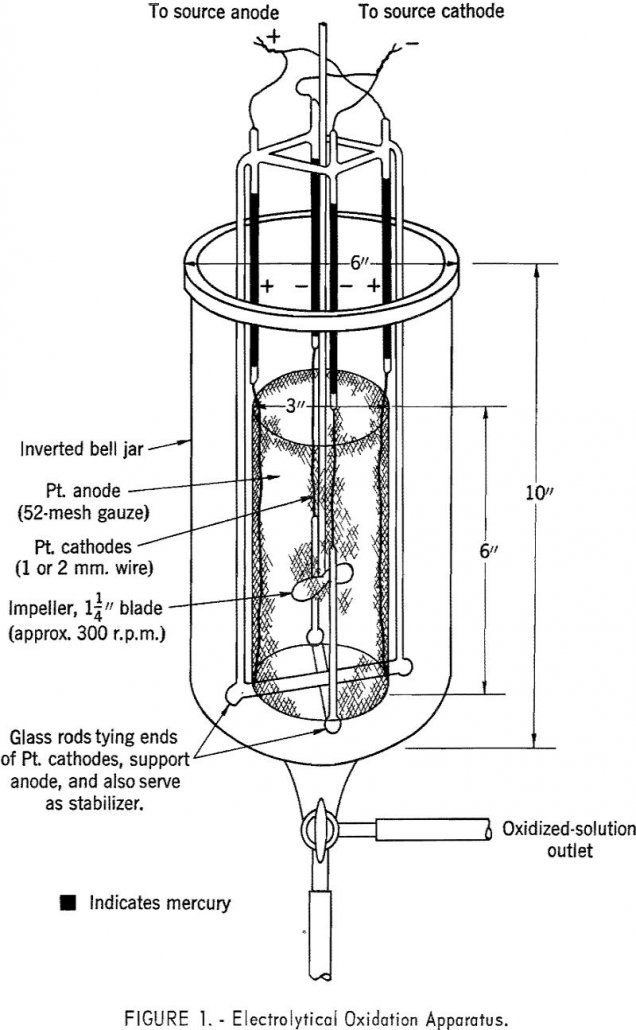
In separating and purifying rare-earth compounds, ion-exchange and liquid-liquid extraction techniques have exhibited the greatest potential. Of the two, ion exchange has received major attention and has been exploited into commercial operation. Notable research has been reported on solvent extraction techniques, especially in extraction of tetravalent cerium with phosphates and phosphonates. Work along this line […]
Leonardite
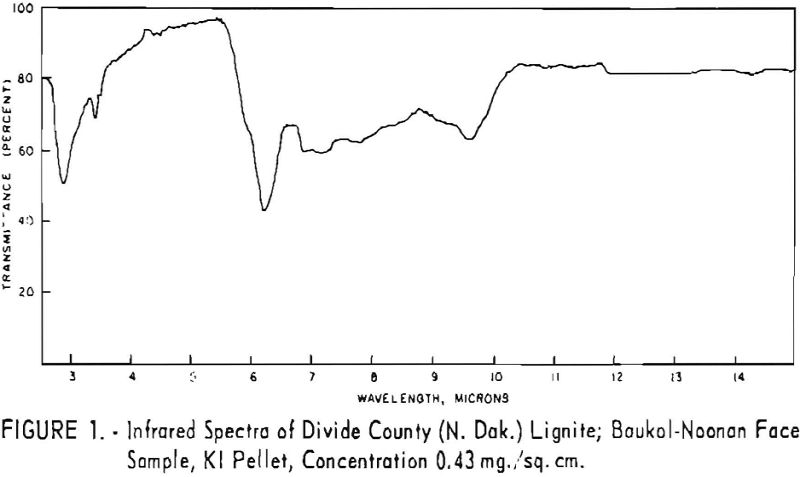
Leonardite is a coallike substance, similar in structure and composition to lignitic coal and believed to be derived from lignitic coal by the process of natural oxidation. Leonardite is little known outside lignite-producing areas and has been developed commercially only tn a minor extent. The higher oxygen content and less compact structure of leonardite, compared […]
Electrowinning of Ceric Oxide and Cerous Fluoride

The metallurgical laboratory data developed in this study indicate an improved electrowinning process for producing higher purity cerium ingot. Equipment under development included the molten-bath container or electrolytic cell, electrodes, and related items, as well as an enclosure or cell box resembling that of a vacuum furnace. The cell box is designed to allow molten […]
Testing Method Mine Anchorage Roof Bolts
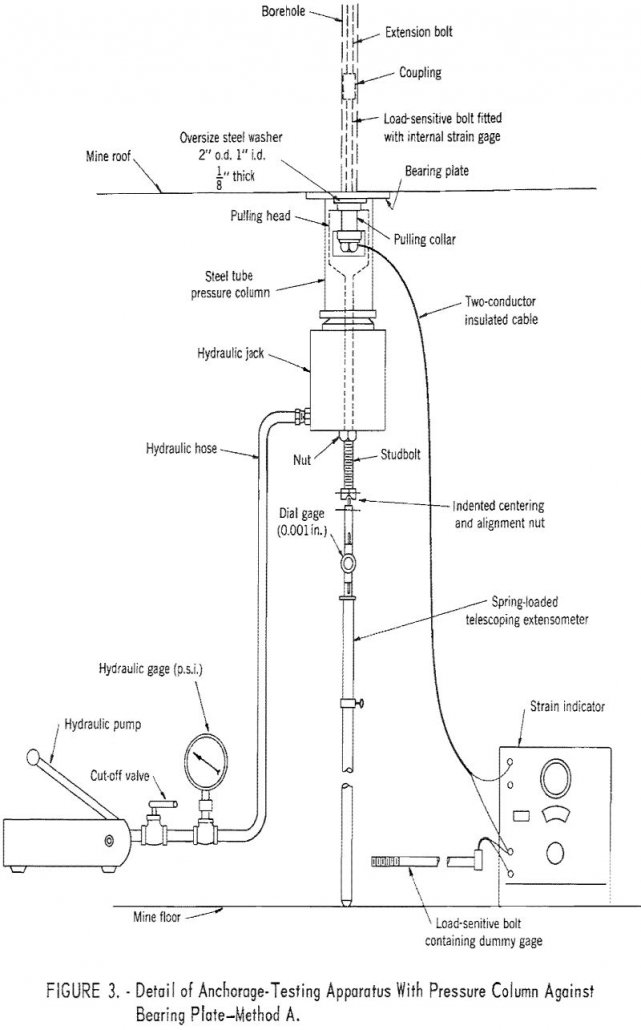
Two methods of testing anchorages of headed expansion-type mine roof bolts were investigated by the Federal Bureau of Mines to determine whether they are acceptable for general use. In both methods a load was applied to a tightened bolt with a hydraulic jack. A total of 80 tests, 40 using each method, was conducted in […]
Rare-Earth Elements Electronegativity

The rare-earth metals can be fitted into Pauling’s electronegativity scale if it is modified to take highly ionic bonds into account. Good agreement between theory and experiment is obtained only for metals of groups Ia, Ila, and IIIa of the periodic table, but here it is good enough to permit estimation of unknown heats of […]
How to Analyze Titanium Metal – Assaying

The results of investigative work on chemical, optical emission spectrochemical, and X-ray spectrographic methods were presented. Of the two chemical methods studied, the iron reduction method is superior in both time required for an analysis and in the detection limit, and the precision is quite satisfactory for the concentration and impurity range studied. The optical […]
Titanium-Vanadium Zirconium Alloys
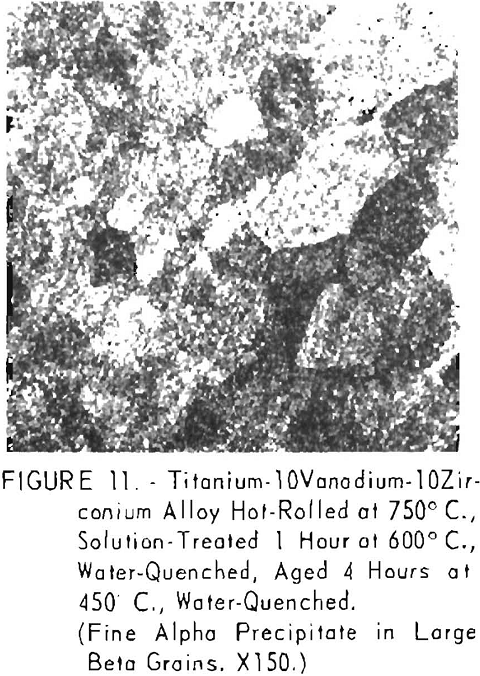
A titanium alloy containing 10 a/o vanadium and 10 a/o zirconium has potential strength and heat treatability that merits further investigation. The titanium-10vanadium-10zirconium alloy, solution-treated at 600° C. is relatively sort, having a yield strength of 73,800 p.s.i. Aging 4 hours at 450° C. strengthens the alloy to a yield strength of 142,900 p.s.i. Ductility […]
Improve Titanium Sponge Quality

Research revealed that by systematic elimination of detrimental impurities introduced with the raw materials and by improved handling and processing techniques, high-quality ductile titanium with a hardness of less than 110 B.h.n. (Brinell hardness number) can be produced consistently. This improvement was accomplished by helium (or argon) stripping of residual atmospheric and other dissolved gases […]
Brown Iron Ore Mining
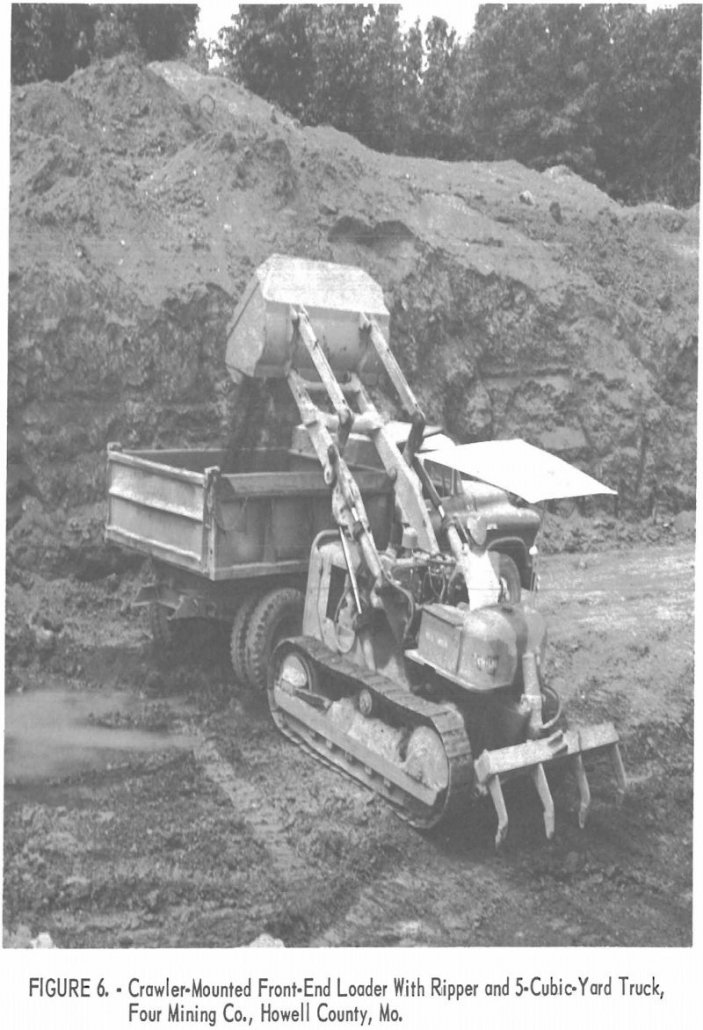
Most brown-iron deposits of southern Missouri occur in residual materials resting on Jefferson City dolomite, Roubidoux sandstone, or Gasconade dolomite, all of the Ordovician system (see table 1). The residual materials, which consist mainly of clay, chert, and iron oxides, are products of weathering of sedimentary rocks younger than the Jefferson City dolomite. Deposits of […]
